The deep ocean, with its vast and largely unexplored ecosystems, continues to reveal new species that expand our understanding of marine life. One such remarkable discovery is Dulcibella camanchaca, a large predatory amphipod from the Atacama Trench. Found at depths exceeding 6000 meters, this new species offers valuable insights into the ecology and biodiversity of hadal ecosystems. In this article, we explore the unique features, discovery, and significance of Dulcibella camanchaca, shedding light on its role in the deep-sea food web.
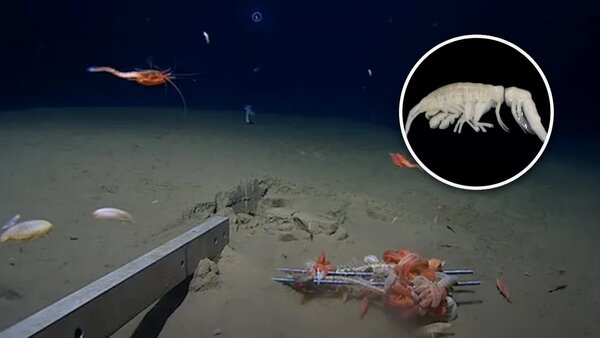
Introduction: Discovering Dulcibella camanchaca
Ecology of the Atacama Trench
Taxonomy and Morphology of Dulcibella camanchaca
Behavior and Predatory Nature
Scientific Significance of Dulcibella camanchaca
Conclusion: The Future of Hadal Exploration
The Atacama Trench, located in the Southeast Pacific Ocean, is one of the most unexplored and extreme environments on Earth. With depths reaching over 8000 meters, this trench is home to a unique array of species adapted to life under immense pressure and near-freezing temperatures. In 2023, an international research team led by Weston, González, Escribano, and Ulloa made a groundbreaking discovery at a depth of 7902 meters: Dulcibella camanchaca, a new genus and species of predatory amphipod from the Eusiridae family.
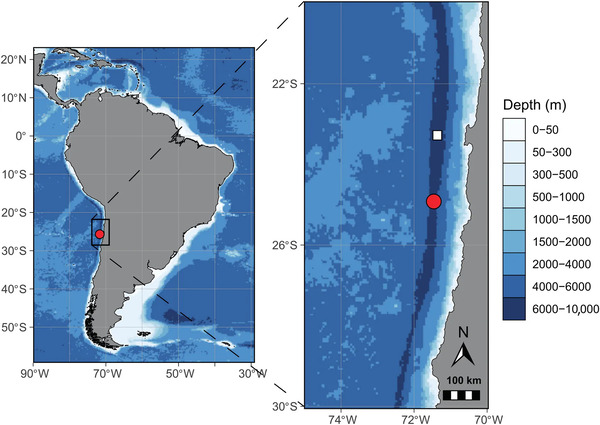
Unlike other hadal trenches where scavengers are the dominant form of amphipods, Dulcibella camanchaca is a rare predatory species. This discovery sheds light on the trophic dynamics of deep-sea ecosystems and challenges previously held notions about life in these extreme environments.
The Atacama Trench is located off the coasts of Peru and Chile and is part of the Pacific Ocean's extensive system of subduction zones. These trenches, where oceanic plates are forced under continental plates, form some of the deepest areas in the world. The Atacama Trench is particularly notable for its harsh conditions: extremely low temperatures, high pressures, and complete darkness. Despite these challenges, life thrives in these depths, with many organisms uniquely adapted to survive.
Dulcibella camanchaca was found at a remarkable depth of 7902 meters, where few organisms can survive. This area is characterized by its low biodiversity compared to shallow waters, yet it supports a distinct community of species that have evolved in isolation. The discovery of Dulcibella camanchaca adds to our understanding of how deep-sea organisms have adapted to such extreme environments.
Dulcibella camanchaca represents a new genus and species within the Eusiridae family, a group of amphipods commonly found in deep-sea environments. This discovery brings the total number of recognized genera in Eusiridae to fourteen. The new genus Dulcibella is closely related to the genera Cleonardo and Dorotea, both of which are also found in deep-sea habitats. The name Dulcibella is derived from medieval literature, meaning "sweet and beautiful," an homage to the character Dulcinea del Toboso from Don Quixote. The species name, camanchaca, refers to the coastal fog of the Atacama Desert, reflecting the mysterious and dark environment from which this species originates.
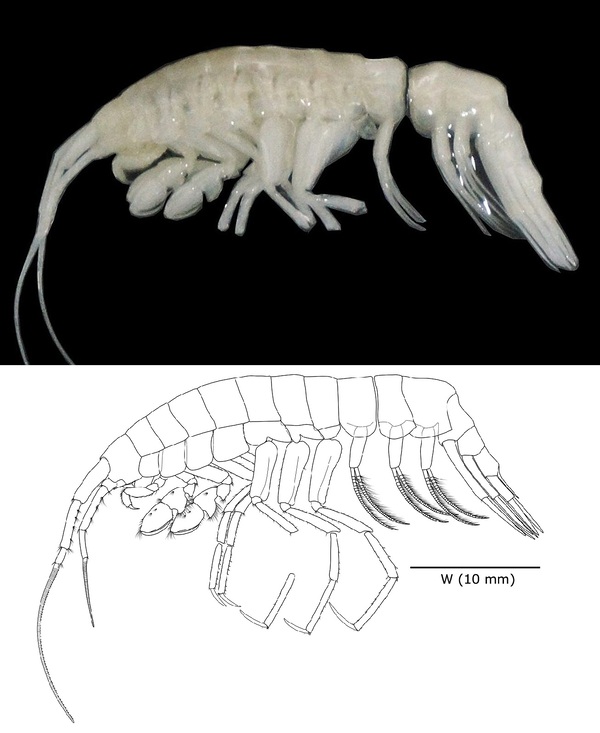
The physical characteristics of Dulcibella camanchaca make it stand out among other amphipods. The holotype specimen, measuring 38.9 mm in length, has several diagnostic features:
Smooth Dorsal Body: Unlike many other amphipods, Dulcibella camanchaca has a smooth dorsal surface.
Maxillae and Mandibles: The maxilla 1 has 12 spines on the outer plate, and the mandibles end in a strong, blunt tooth, both of which are crucial for its predatory lifestyle.
Gnathopods: The gnathopods are subsimilar and subchelate, with broad carpus lobes.
Pereopods: The pereopods 3 and 4 have dactyli that are 0.45 times the length of the respective propodus, while pereopods 5 to 7 have dactyli that are 0.6 times the length.
Telson and Uropods: The telson is elongated but weakly cleft, and the peduncle of uropod 1 has a distinct spiniform process.
These unique features help Dulcibella camanchaca to efficiently hunt and survive in the nutrient-scarce environment of the hadal zone.
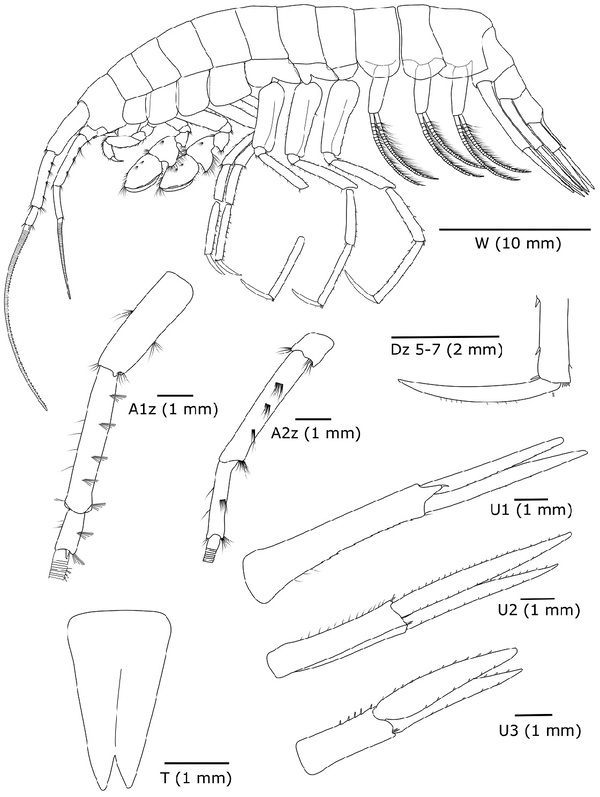
One of the most fascinating aspects of Dulcibella camanchaca is its role as a predatory amphipod. Unlike many deep-sea amphipods that are scavengers, feeding on detritus and organic matter that sinks from the surface, Dulcibella camanchaca actively hunts other organisms. Its strong, blunt mandibles and specialized gnathopods suggest that it preys on smaller animals, possibly other amphipods or crustaceans that inhabit the trench.
This predatory behavior is a crucial discovery because it challenges the assumption that deep-sea communities are dominated by scavengers. The presence of a large predator like Dulcibella camanchaca indicates a more complex food web than previously thought, with predator-prey relationships occurring even at these extreme depths.
The discovery of Dulcibella camanchaca holds several important implications for marine science:
Ecosystem Complexity: The presence of a predatory amphipod in the Atacama Trench suggests that deep-sea ecosystems may be more complex than we previously understood. These ecosystems are not merely collections of scavengers but also include active predators that contribute to the ecological balance.
Taxonomic Importance: As the 14th genus in the Eusiridae family, Dulcibella camanchaca enriches the taxonomy of deep-sea amphipods and enhances our understanding of their evolutionary relationships. The morphological and genetic data collected from this species will help refine the identification of other Eusiridae species in the future.
Conservation Insights: Studying species like Dulcibella camanchaca is crucial for understanding the biodiversity of hadal zones, which are increasingly threatened by human activities such as deep-sea mining and climate change. Preserving these ecosystems is vital to maintaining the health of the planet's oceans.
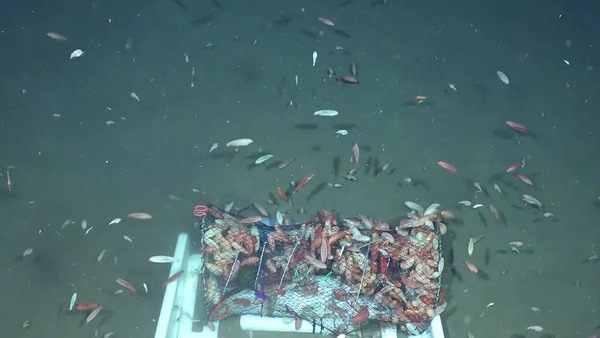
The discovery of Dulcibella camanchaca is a testament to the importance of deep-sea exploration in advancing our understanding of life on Earth. As technology continues to improve, more species from the hadal depths are likely to be discovered, each offering new insights into the adaptability and resilience of life in the deep ocean.
With its unique predatory behavior and distinct morphology, Dulcibella camanchaca opens the door to further research into the ecosystems of deep-sea trenches like the Atacama Trench. As scientists continue to explore these remote areas, we can expect even more groundbreaking discoveries that will reshape our understanding of life at the planet's extreme depths.
Dulcibella camanchaca is not just a fascinating species in its own right; it also represents the ongoing mystery and beauty of our planet's deep oceans, where many more secrets remain to be uncovered.
By exploring the discovery and significance of Dulcibella camanchaca, we are reminded of how much remains to be learned about the vast and largely unexplored world beneath the ocean's surface. This new predatory amphipod is just one example of the wonders waiting to be discovered in the depths of the Atacama Trench and other similar environments around the globe. As scientific techniques advance, we may find even more species that challenge our understanding of life on Earth and the resilience of nature in the harshest conditions imaginable.
animal tags: dulcibella-camanchaca
We created this article in conjunction with AI technology, then made sure it was fact-checked and edited by a Animals Top editor.